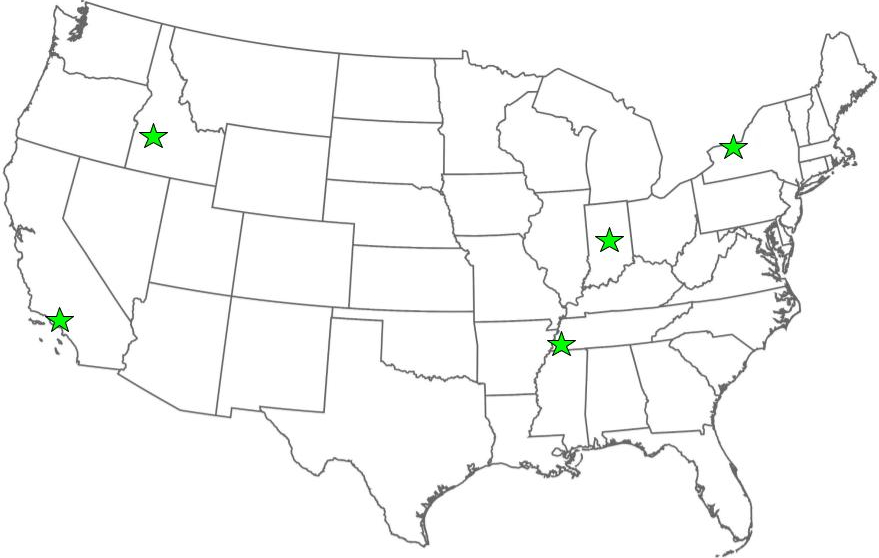What are fulfillment costs?
In warehousing, fulfillment costs encompass all expenses associated with product handling, from receipt to distribution. These expenses include:
· Receiving, organizing, and storing the product
· Picking, packing, and shipping
· Managing reverse logistics for customer returns
Many warehouses make the mistake of solely examining labor costs, which offers a limited view of total product handling expenses.
By concentrating solely on labor costs, the total fulfillment cost per order could be off by up to 50 percent. Taking into account all costs, such as facility and occupancy expenses, along with packing material costs, provides a more precise and comprehensive understanding of the actual expenditures.
Fulfillment Costs Calculator
There are four ways to calculate fulfillment costs. The equations from these calculators show the cost of order fulfillment.
· Warehouse expenses divided by yearly shipped orders.
· Warehouse expenses divided by overall order lines.
· Warehouse expenses divided by yearly boxes shipped to calculate cost per box instead of per order.
· Warehouse expenses divided by yearly net sales in dollars, then multiplied by 100 to determine cost as a percentage of net sales.
When managing your own logistics, the total cost per order affects profit. Depending on costs, outsourcing to a 3PL provider may save you more.
With a 3PL provider, you pay a fee for services like receiving, storage, order processing, and returns processing. These costs remain fixed throughout the contract.
Using a 3PL provider can lead to savings, but you must first know your current costs. Begin with the cost calculator (above) and compare 3PL providers.
Learn more about fulfillment centers and how Wolff/SMG Fulfillment USA can help your company’s needs.
















